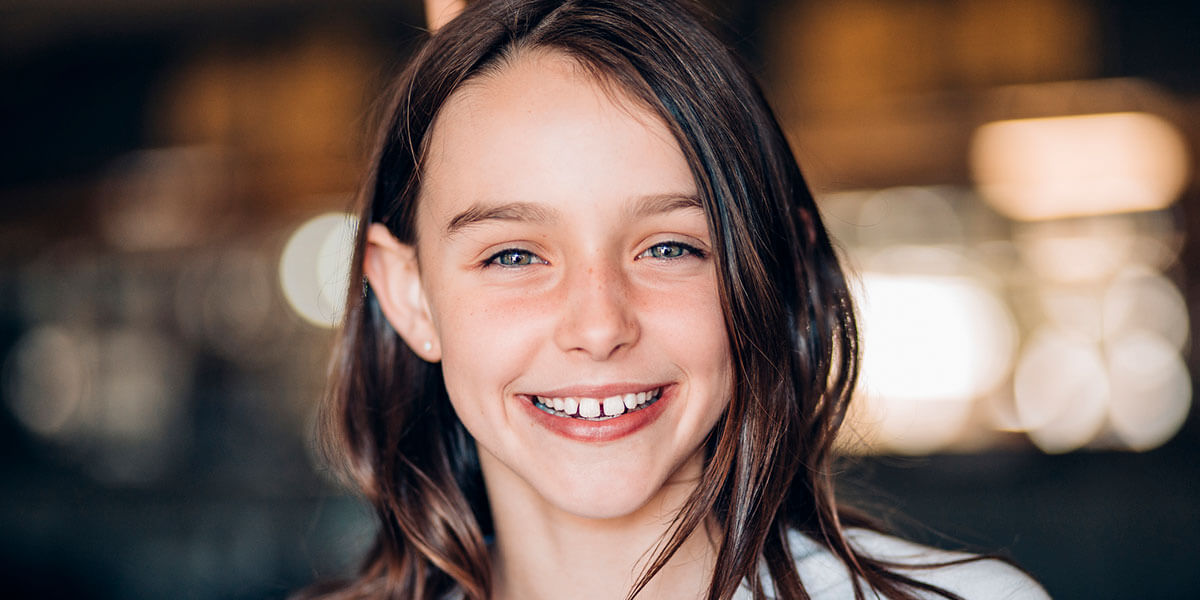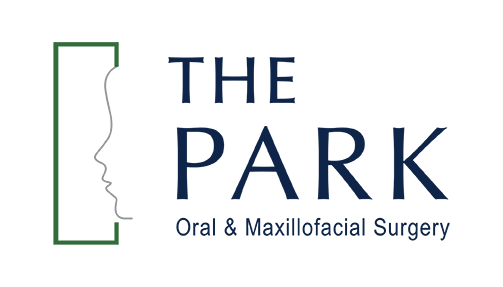Impacted Canine Exposure in NYC

The Park Oral & Maxillofacial Surgery provides impacted canine exposure services in New York City. Call 212-393-4639 to learn more and schedule your appointment.
An impacted tooth is one that cannot fully erupt. After the wisdom teeth, the upper canine is the most likely to become impacted. All of the canine teeth are very strong teeth, and they play a vital role in your bite, so if a canine tooth becomes impacted, it must be exposed.
Early Identification
Early identification of an impacted canine provides the most options for correcting it. The American Association of Orthodontists recommends that all children undergo an orthodontic evaluation, including a Panorex x-ray, at the age of seven. This may be performed by your child’s regular dentist, with referrals to an orthodontist and an oral surgeon if issues are found.
At this age, the problem may be corrected by placing braces to open up space for the adult teeth to emerge in conjunction with removing any teeth or benign growths that are blocking the canine tooth. There is a good chance that if the space is cleared by the age of 11 or 12, the tooth will erupt naturally. If the patient has reached his or her teens, it is unlikely to erupt without help, even into a clear space.
When the Canine Tooth Does Not Erupt Naturally
If the tooth does not erupt on its own, we can expose and bracket it. First, the orthodontist will place braces if this has not already been done. Then, we will perform a simple surgical procedure. We will remove the baby tooth if it has not fallen out, and open the gum tissue on top of the impacted tooth. We will then bond an orthodontic bracket with a tiny gold chain to the exposed tooth.
We will guide the chain to the arch wire of the braces and temporarily attach it. We will then gently close the gum tissue with sutures, leaving only the chain visible where it exits through a small hole in the gum. Within the next two weeks, your child will return to the orthodontist to have a rubber band attached to the chain. This puts a light pulling force on the tooth.
Over the next several months to a year, your child’s orthodontist will gradually adjust the chain to guide the tooth into its proper position. Once the tooth is in its final position, we will remove the chain and evaluate the gum tissue around the newly erupted tooth. Your child may need minor gum surgery to add bulk and ensure optimal health and function.
Note that in some cases, we may be able to expose the tooth without adding a chain, allowing the braces to do the work of positioning the tooth. This all depends on the exact nature and severity of the impaction.
What to Expect
The procedure is typically performed in our office under local anesthesia plus laughing gas if desired. IV sedation and general anesthesia are available, but are generally unnecessary for this relatively simple procedure. It normally takes a little over an hour to expose and bracket one tooth, and an hour and a half to two hours to do two teeth.
Mild bleeding and discomfort are common for two to three days following the procedure, which typically respond well to over the counter medications. Some mild swelling in the lip may occur on the day of surgery, which can be managed with an ice pack.
It is best to eat a soft, bland diet for the rest of the day, but your child can return to a normal diet as soon as she feels comfortable chewing. Avoid sharp foods like chips and crackers for two to three days to avoid irritating the surgical site.
We will schedule a follow-up appointment in 7 to 10 days to ensure proper healing. You will also need to schedule an orthodontist appointment within two weeks to attach the rubber band and begin the eruption process. Please don’t hesitate to call if you have any questions or concerns, or if your child shows any signs of complications.
Call 212-393-4639 to schedule your appointment.
